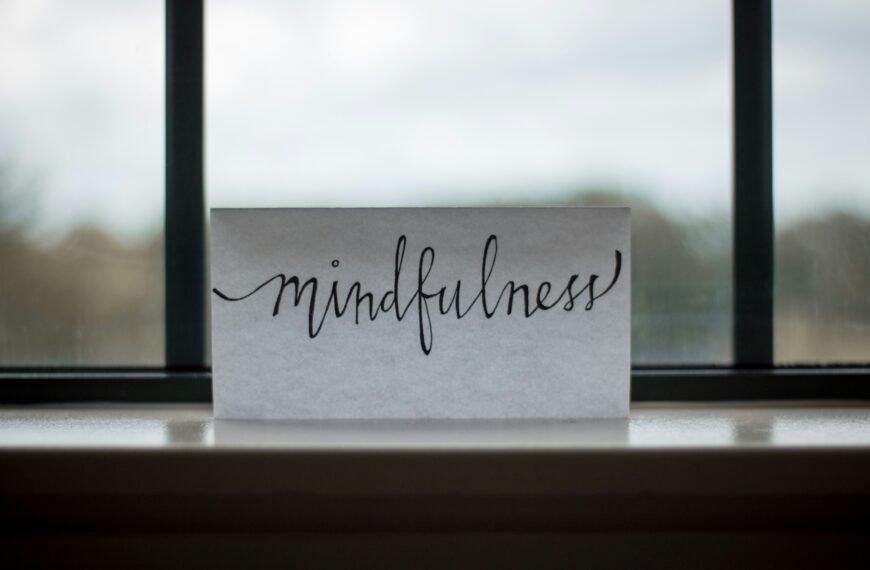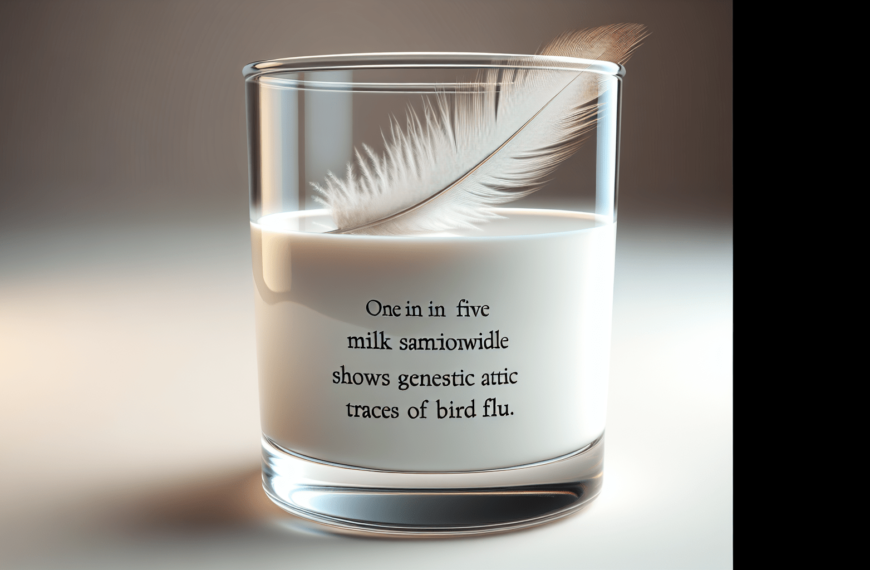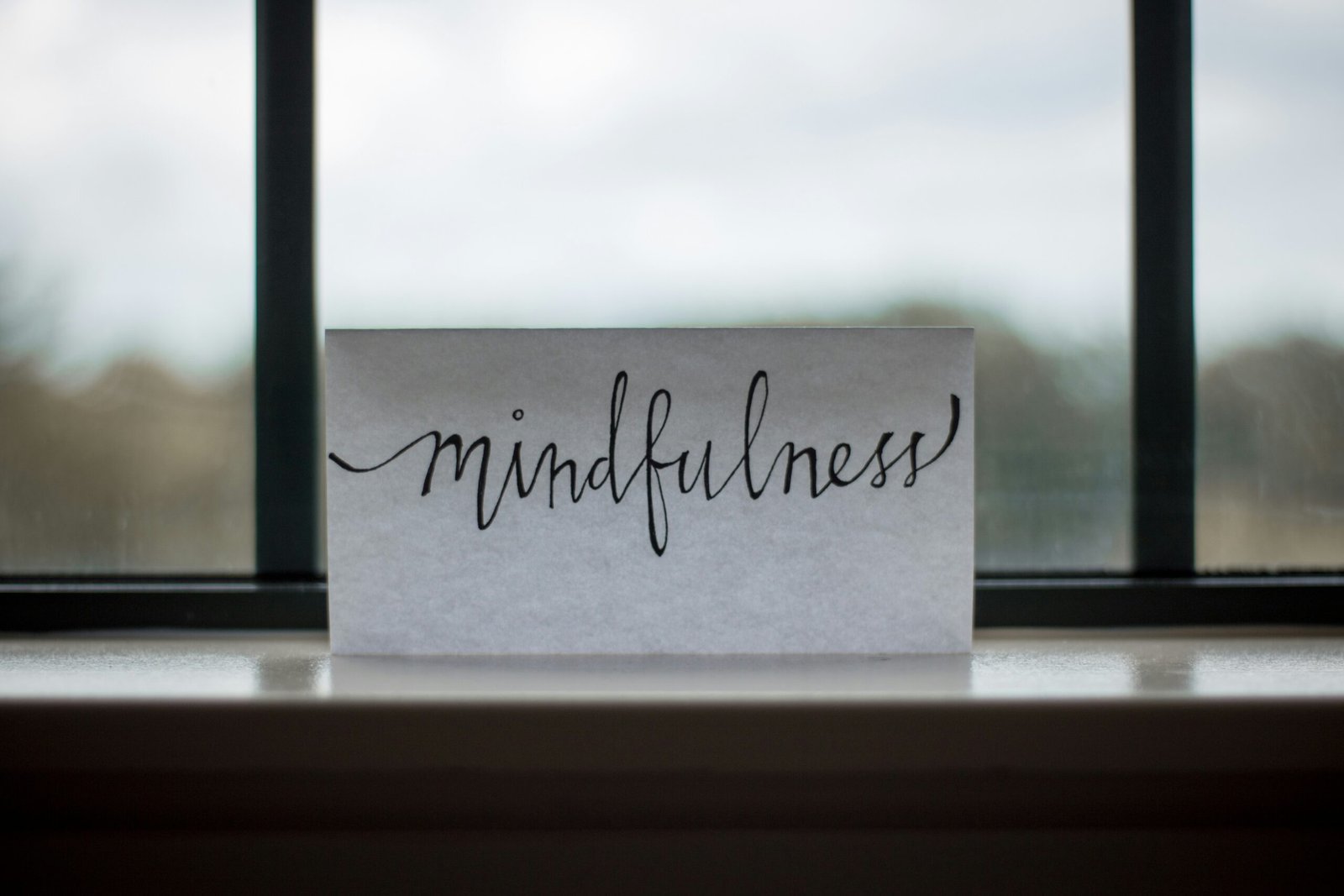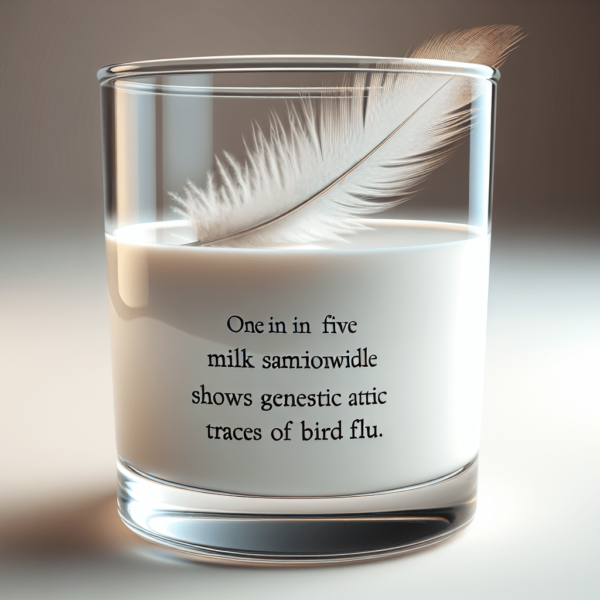In this delightful article titled “What Rhymes With Health,” you will embark on a linguistic journey to discover the playful connections between well-being and the beauty of rhymes. As you explore the world of words that rhyme with “health,” you’ll uncover a whimsical fusion of creativity and positivity that will leave you with a newfound appreciation for the harmony between language and our holistic existence. Get ready to immerse yourself in the fascinating realm of rhymes, where you’ll be inspired to embrace a healthier and more joyous life!

Read More Information at Health Joy
Rhyme and its Importance
Definition of Rhyme
Rhyme refers to the repetition of sounds in the final syllables of words, typically at the end of lines in poetry. It is a fundamental element of verse, providing a musical quality to language. The most common type of rhyme is end rhyme, where the final sounds of words match, such as “cat” and “hat.” However, rhyme can also occur in different parts of words, such as internal rhyme or consonant rhyme. Rhyme adds a pleasing rhythm to storytelling and speech, capturing the attention of listeners and creating a memorable experience.
Purpose of Rhyme in Poetry
In poetry, rhyme serves multiple purposes. Firstly, it enhances the musicality of the piece, making it more enjoyable to listen to or read. Rhyme adds a natural flow and cadence to verses, creating a sense of harmony and capturing the ear. Secondly, rhyme aids in the memorization of poems. The repetitive nature of rhyme makes verses easier to remember, allowing for oral traditions and passing down of cultural heritage. Lastly, rhyme can evoke emotions and convey meaning. Through the careful selection of rhyming words, poets can create vivid imagery, convey messages, and evoke specific moods or atmospheres.
Effectiveness of Rhyme in Language Learning
Rhyme plays a crucial role in language learning, particularly for children. By exposing young learners to rhyming words, they develop phonological awareness and improve their ability to recognize and manipulate sounds in a language. Rhymes make language learning engaging and fun, capturing children’s attention and making words more memorable. Moreover, rhymes introduce children to patterns and structures in language, helping them predict sounds and develop their vocabulary. Rhyming games and activities are widely used in early childhood education to foster language development and literacy skills.
Rhyme in Health
Rhyme and Mental Health
The benefits of rhyme extend beyond artistic expression – they also have a positive impact on mental health. Rhyming can be therapeutic and an effective tool for managing stress, anxiety, and depression. Expressing thoughts and emotions through rhyme provides a creative outlet and allows individuals to externalize and process complex feelings. Rhyming poetry or songs can offer a sense of release and catharsis, enabling individuals to express their innermost thoughts and find solace in shared experiences.
Promoting Healthy Habits through Rhyme
Rhyme has proven to be a powerful tool for promoting healthy habits among individuals of all ages. Whether it’s a catchy jingle or a memorable rhyme, incorporating health-related messages into rhyming verses can effectively communicate important information. For example, a rhyming slogan like “Brush and floss, no dental loss” can encourage good oral hygiene practices. The rhythmic and melodic quality of rhyme captures attention and enhances message retention, ensuring health-related information is more likely to be remembered and applied.
Rhyme as a Tool for Health Education
Rhyme can be an effective educational strategy in health promotion and disease prevention. By using rhyming techniques in teaching materials, health educators can make complex information more accessible and engaging. Rhymes facilitate the communication of vital health knowledge, as they simplify concepts and aid in the recall of key information. Whether it’s explaining the importance of vaccination or teaching proper handwashing techniques, incorporating rhymes into educational materials helps to enhance comprehension and encourage behavior change.

Read More Information at Health Joy
Examples of Rhymes Related to Health
Positive Rhymes for a Healthy Lifestyle
Numerous rhymes promote a healthy lifestyle by encouraging individuals to make positive choices. For instance, a popular rhyme is “An apple a day keeps the doctor away,” which emphasizes the importance of eating fruits and maintaining overall well-being. These rhymes create simple yet effective reminders of healthy behaviors, helping individuals make healthier choices in their daily lives.
Rhymes about Nutrition and Healthy Eating
Rhymes play a key role in educating children about nutrition and healthy eating habits. By using catchy and memorable verses, educators can teach kids about the value of eating a balanced diet and making nutritious food choices. For example, the rhyme “Eat your veggies, strong and green, a healthy plate, that’s what we mean” promotes the importance of consuming vegetables for optimal health.
Rhymes Encouraging Physical Activity
To promote physical activity and combat sedentary lifestyles, rhymes can serve as motivation. Simple rhymes like “Jump, jump, up and down, get your body moving all around” can encourage children and adults alike to engage in physical activities and lead an active lifestyle. The rhythmic nature of these rhymes makes exercising enjoyable and reinforces the importance of being physically active for overall well-being.
Rhyme and Emotional Well-being
Rhyme for Emotional Expression
Rhyme provides an avenue for individuals to express their emotions in a creative and structured way. Whether it’s through writing poetry or composing songs, rhyme can help individuals communicate and process their emotions effectively. The rhythmic and melodic quality of rhymes adds an additional layer of depth to emotional expression, allowing individuals to explore and convey their innermost feelings authentically.
Using Rhyme in Therapy and Counseling
Therapists and counselors often incorporate rhyme into their practice as a therapeutic tool. Rhymes can facilitate self-reflection, stimulate creative thinking, and promote emotional growth. Through the use of rhymes, therapists can engage clients in a playful and non-threatening manner, encouraging them to explore difficult emotions and experiences. Rhyming activities in therapy can provide an outlet for self-expression and help individuals gain insights into their emotional well-being.
The Power of Rhyme to Foster Resilience
Rhyme can also nurture resilience by providing a means of expression and fostering a sense of connection. Rhyming words and verses can offer comfort and solace during challenging times, reminding individuals that they are not alone in their struggles. Writing or listening to rhymes that highlight strength, perseverance, and hope can inspire individuals to overcome adversity, promoting emotional well-being and resilience in the face of challenges.

Rhyme and Children’s Health
Rhyme as a Teaching Tool for Kids’ Wellness
Rhyme is a valuable teaching tool when it comes to children’s health. Incorporating rhymes into health education programs and curricula can make learning about wellness and self-care more engaging and enjoyable for children. Rhymes create a playful and interactive environment, encouraging active participation and enhancing children’s understanding and retention of health-related concepts.
Rhymes for Hygiene and Disease Prevention
To instill proper hygiene practices in children, rhymes can serve as valuable teaching aids. Simple and catchy rhymes about handwashing, brushing teeth, and covering coughs and sneezes make these essential habits more memorable and fun. For example, the rhyme “Wash your hands, nice and clean, keep those pesky germs unseen” reinforces the importance of hand hygiene and encourages children to adopt healthy habits.
Rhyme and Bedtime Routines
Rhymes can also be integrated into bedtime routines, promoting healthy sleep habits and facilitating relaxation for children. Tranquil rhymes and lullabies can create a peaceful atmosphere, signaling to children that it’s time to wind down and prepare for sleep. The rhythmic and soothing nature of these rhymes helps establish a sense of routine and can contribute to a more restful and rejuvenating sleep for young ones.
Rhyme in Medical Settings
Rhyme in Medical Manuals and Patient Education
Rhyme can be valuable in medical settings, particularly in patient education materials and medical manuals. By incorporating rhyming verses into these resources, healthcare professionals can enhance patients’ understanding and retention of important medical information. Rhymes simplify complex concepts and terminology, making healthcare information more accessible and memorable for patients.
Rhyme in Doctor-Patient Communication
Rhyme can also play a role in enhancing doctor-patient communication and rapport. By incorporating rhyming techniques into conversations, doctors can create a more engaging and approachable atmosphere, making patients feel more comfortable expressing their concerns. Rhymes can also assist in simplifying medical explanations, ensuring patients grasp important details and feel more involved in their healthcare journey.
Rhyming Safety Instructions
In medical settings, rhyme can be an effective way to communicate safety instructions and procedures. Whether it’s reminding healthcare workers about proper hygiene protocols or creating memorable safety slogans for patients, rhymes make important information more accessible and engaging. For example, a rhyming phrase like “Clean hands, safe lands” can remind healthcare professionals to prioritize hand hygiene.
Rhyme in Health Campaigns
Using Rhyme for Public Health Messaging
Rhyme has been widely utilized in public health campaigns to promote awareness and behavior change. The rhythmic and catchy nature of rhymes captures attention, increasing the likelihood of the intended message being remembered and shared. By incorporating rhymes into slogans and jingles, public health campaigns can effectively convey important health messages and encourage positive behavior choices.
Rhyme in Anti-Smoking Campaigns
Anti-smoking campaigns often employ rhymes to discourage tobacco use and emphasize the harmful effects of smoking. Catchy rhymes such as “Kick the habit, be smoke-free, breathe fresh air, and feel so free” communicate the dangers of smoking while urging individuals to quit. The use of rhyme in these campaigns adds a memorable and persuasive element to the messages, urging individuals to make choices that prioritize their health.
Rhyme and Health Advocacy
Rhyme can also be a powerful tool for health advocacy by raising awareness and mobilizing communities. Creative rhymes that highlight pressing health issues, such as “Know your stats, keep your health intact,” can inspire individuals to become informed advocates for their own well-being. These rhymes create a platform for discussions and encourage individuals to take action towards establishing healthier communities.
Rhyme and Language Development
Rhyme as a Tool for Language Acquisition
Rhyme plays a significant role in language acquisition and early literacy development. By exposing children to rhyming words and verses, they develop phonological awareness, which is essential for learning to read and write. Rhyming activities help children recognize and manipulate sounds in a language, supporting their language development and improving their overall literacy skills.
Improving Phonological Awareness through Rhyme
Phonological awareness, the ability to recognize and manipulate sounds in words, is crucial for language development. Rhyming activities enhance phonological awareness by helping children identify similar sounds in words and understand how those sounds contribute to rhyme patterns. For example, rhyming words like “cat” and “hat” highlight the shared ending sound “/æt/,” allowing children to recognize this pattern and apply it to other words.
Rhyme’s Impact on Reading Skills
Rhyme plays a vital role in developing reading skills, particularly for emergent readers. Rhyming texts, such as nursery rhymes and rhyming picture books, expose children to patterns and structures in language. By recognizing and generating rhymes, children improve their phonemic awareness and develop a foundation for decoding words. Additionally, the rhythmic and melodic nature of rhyme in storytelling makes reading more enjoyable, fostering a love for reading and promoting continued literacy development.
Rhyme and Cultural Perspectives on Health
Rhyme in Traditional Medicine Practices
Rhyme has been incorporated into traditional medicine practices across various cultures. In traditional healing rituals and ceremonies, chants and rhymes are often used to invoke healing energies and convey therapeutic intentions. These rhymes serve as a bridge between language and spirituality, infusing cultural beliefs and practices into healing modalities.
Rhyme and Health Beliefs across Cultures
The role of rhyme in health beliefs varies across cultures. In some cultures, rhymes are believed to possess an inherent healing power and are used as incantations or invocations in healing rituals. These rhymes are seen as sacred and are used to align individuals with the healing energies of the universe. Understanding the cultural significance of rhyme in health beliefs is essential in fostering cultural competence and providing holistic healthcare.
The Role of Rhyme in Healing Rituals
Rhyme has played a significant role in healing rituals throughout history. From indigenous traditions to ancient cultures, chants and rhymes have been used to invoke healing, provide comfort, and restore balance. These rhymes facilitate a connection between individuals, the natural world, and the divine, promoting healing on physical, emotional, and spiritual levels.
Conclusion
In conclusion, rhyme holds significant relevance to various aspects of health and well-being. From its role in promoting healthy habits and disease prevention to its impact on mental health and emotional expression, the power of rhyme in healthcare cannot be understated. Rhyme has proven to be a valuable tool in health education, communication, and advocacy, making complex concepts more accessible and memorable. Moreover, rhyme plays a crucial role in language development, literacy skills, and cultural perspectives on health. As we continue to explore the potential of rhyme in healthcare, there is a vast opportunity to harness its power and create innovative interventions that enhance well-being and improve health outcomes.








